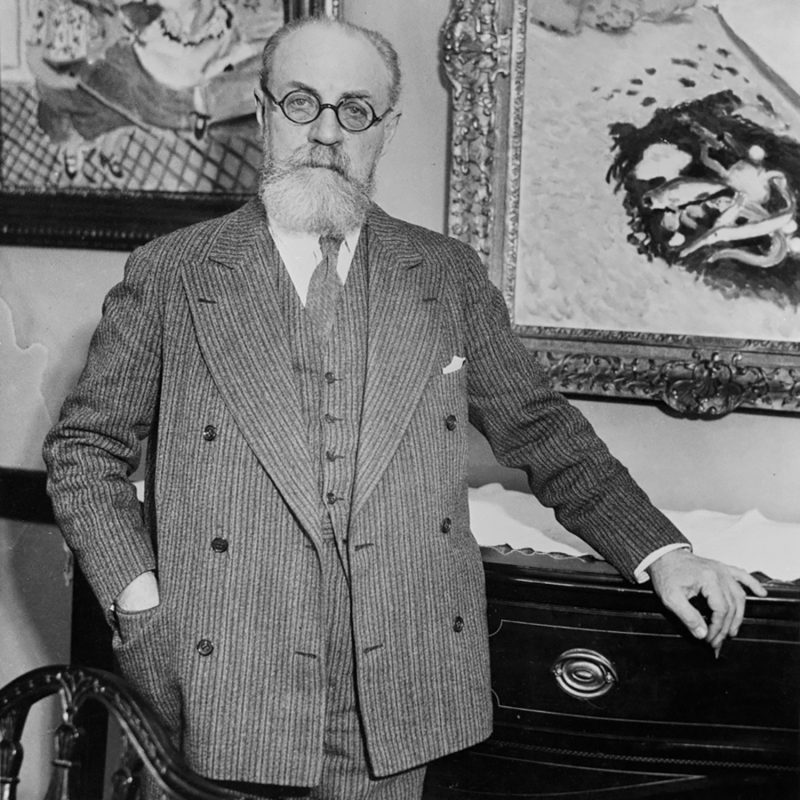
Thanks to a $5 million dollar grant, the Ruth R. Marder Center for Matisse Studies will open by 2021—serving as a place of scholarship, study, and community surrounding the artist, who museum director Christopher Bedford calls “one of the two or three most influential figures of the 20th century.” The gift comes from the Ruth Carol Fund, created by Marder, the late Baltimore philanthropist and passionate patron of the arts who was a longtime BMA supporter.
“It’s unprecedented in our history,” Bedord says. “It very deliberately enhances the collection most associated with the greatness of the museum. This has been an aspiration that’s existed in the aether for a very long time.”
The BMA has been known for its extensive collection of Matisse’s works for some time. But Bedford points out that this reputation exists mostly within museum circles. In effect, the BMA serves as an extension for those who already share a keen interest in the artist’s work. With the establishment of the center and the accompanying marketing and press, Bedford hopes that the museum’s most reputable collection will become more accessible to the general public.
“We have the greatest and most comprehensive account of Matisse’s career in any public institution,” Bedford says. “One of the great things about this announcement is our capacity to telegraph that greatness to a far broader constituency than we’ve been able to achieve historically.”
Planning for what exactly the center will comprise of is still in early stages, but Bedford envisions a place where scholars both distinguished and eagle-eyed can gather to learn about and discuss Matisse’s works. Inevitably, he says, the center will be shaped by the interests of those who use it.
What it won’t do, though, is serve as a place of exhibition. The gallery space above its proposed first-floor location already does a more than adequate job of that. That’s not to say that the museum won’t dedicate some of its focus to improving upon its collection of more than 1,200 Matisse works, either. Bedford calls the museum’s collection of the artist’s work the “linchpin” of the museum. Now, when the center is established, it will exist in symbiosis with this collection, creating a place for consideration and discussion.
“The space will be about the production of new ideas as capitalized by Matisse’s unique genius,” Bedford says. “What we’ve really established here is a braintrust for the study of Matisse, his influences, and the influence that he continues to exert on a generation of living artists.”